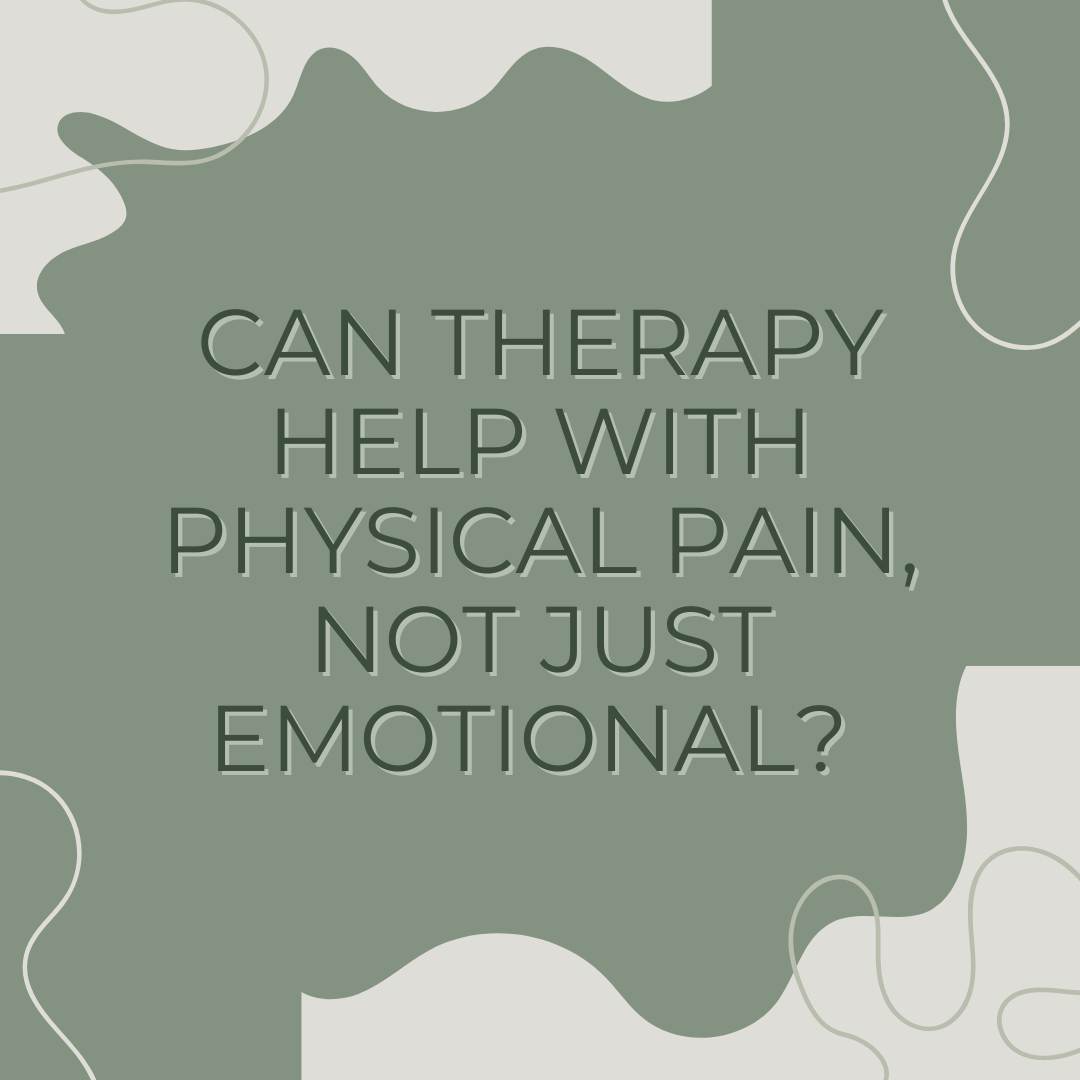Managing Chronic Pain Through the Mind-Body Connection
By Dr. Michell Temple, PhD and Madeline Mangra, MA

In the United States, the Center for Disease Control reported that 51.6 million adults experienced chronic pain between 2019- 2021. Globally, September is the month to recognize the influence of pain and pain management on people’s well-being. Well-being can basically be defined as judging life positively and feeling good. Though this simple definition underestimates the complexity of the process to experience well-being, it does capture the desired physical and mental state often associated with the term. It also describes the multimodal and multidisciplinary approach to chronic pain management, which includes physical, emotional, and psychological factors. Notably, people living with chronic pain appear to experience improved functioning and quality of life when they integrate medical and mental health treatment. Treatment goals for clients participating in counseling and psychological services often involve developing productive coping strategies by recognizing and understanding the mind-body relationship.
Mind-Body Connection
Chronic pain illuminates the intimate bidirectional relationship between the body and the mind. The impact physical chronic pain can have on our mental health can be significant; and the same is true for how the condition of our mental health can manifest into physical sensations in our body, including anxiety, depression, personality disorders, neurodevelopmental disorders, substance use and stress. By engaging in exercises to help regulate our nervous and limbic systems back to an optimal performance range (OPR); we can reduce the stress chronic pain and mental health can have on our bodies. Some of these exercises include deep breathing, meditation, mindfulness-based stress reduction (MBSR), and types of psychotherapy such as cognitive-behavioral therapy (CBT) or acceptance and commitment therapy (ACT). Some tools to help increase awareness of your body’s response to pain include biofeedback markers, which teach you to regulate automatic body functions such as heart rate, muscle tension, breathing, perspiration, skin temperature, blood pressure and brain waves. There are devices you can purchase to use right in the comfort of your own home!
Two Quick Mind-Body Connection Strategies:
1. 7/11 Rhythmic Breathing
Actively responding to the experience of pain has shown to improve coping. To practice 7/11 rhythmic breathing, position your body in a relatively comfortable position. Then inhale counting to seven and exhale counting to eleven. Attempt to only focus on breathing and counting. Notice how the rhythmic breathing influences the experience of pain. You can use the biofeedback markers to observe changes in your body's response to pain, when using this deep breathing technique.
2. Values-Based Living
Choosing to base one’s decisions on values and not physical pain has also helped people living with chronic pain improve functioning. To apply this strategy, start by writing the top three values that guide your life, such as relationships, giving, and keeping promises. Choose one value to focus on each week. Then make your decision to engage in life activities based on that one value. Notice if you increase your ability to enjoy those activities while managing chronic pain.
Acceptance and Commitment Therapy (ACT) is a well-known evidence based therapy intervention for people living with chronic pain. At Restoration Psychology,
Dr. Michell Temple is trained in ACT!
Contact us at Restoration Psychology for more information on our excellent
Denver metro area therapists and
Denver metro area psychologists!